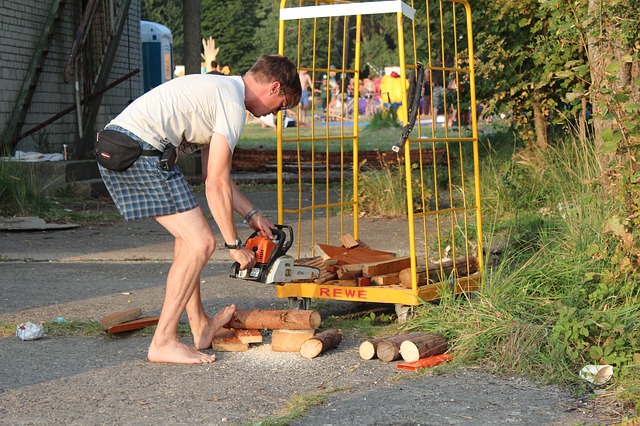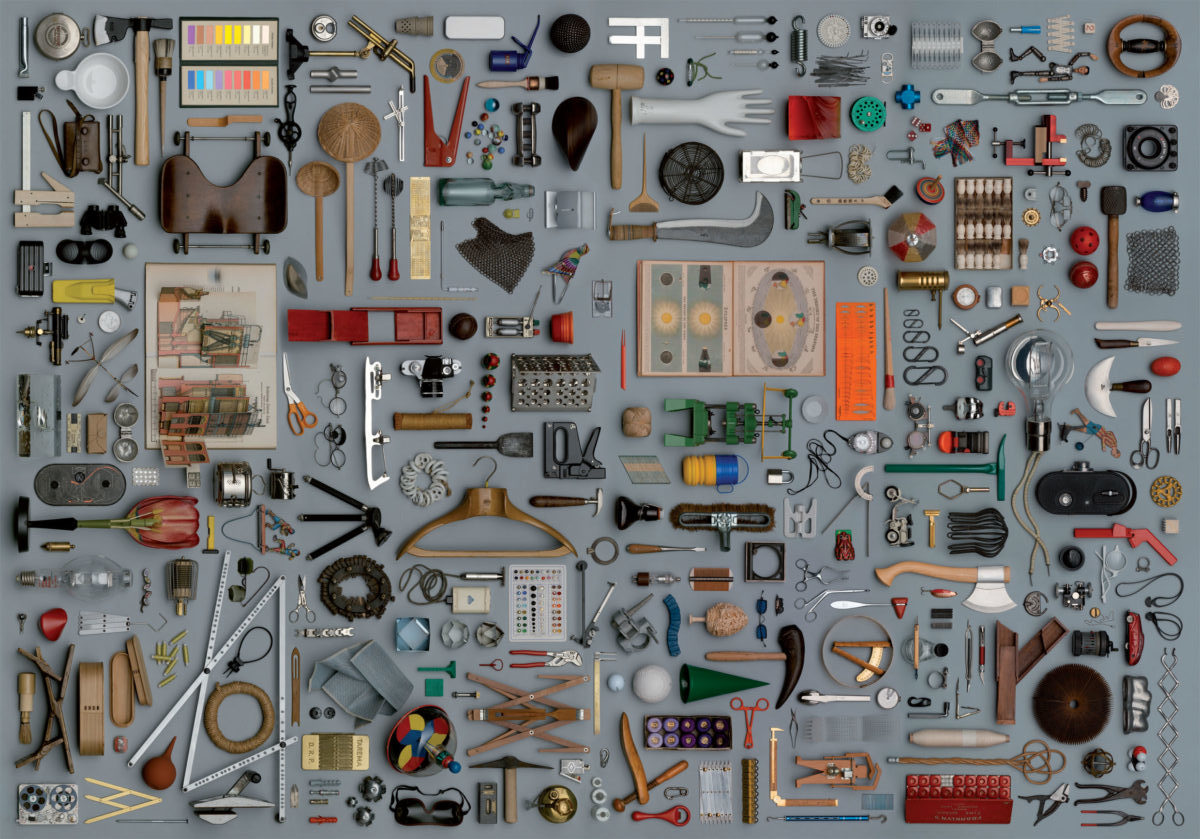Idea crafting 101
Idea Crafting 101
I call it “idea crafting” because from my point of view ideas are not “magic” or a “genius strike”. They are the result of a process, like most of the products surrounding us; if not literally manufactured, ideas are at least crafted, for sure.
How are ideas born then? In my experience there are three main sources of ideas:

Personal experiences: This is one of the most common and poetic sources of ideas, I bet all of us had at least one: ah ah! moment, while struggling with existing tools at work, practicing our favorite activity/sport and why not: changing diapers. Those are also some of the most powerful and naive ideas that changed some people's lives. Kudos to those who pursue them till the end! High rate of success for those who work hard and long enough to make them happen.
Curiosity: Oftentimes this represents the “designer” approach, where somebody with a lot of curiosity and patience observes how other people interact with products (not like a stalker please! :-) and questions herself on how those interactions are beautiful, pleasant, and efficient for the “subject” under observation. Clearly, unless this is a pure observatory hobby, it represents the most professional and proficient source of ideas. Some designers do this as a job and eventually end up seeing the world through this observatory lens 24/7, like me. Yes, this is a fortune, but can also make you slightly obsessive about any object and product surrounding you…
Opportunities: This more than having an idea is about identifying a need, sometimes is actually a result of curiosity or more likely result of some marketing/sales/hustle research. It is a completely legit and functional way to have and craft new ideas, only caveat is to be very analytic and fully trust your metrics to restrict the application field. More on this idea source later on.
They all depend on a skill that each of us can develop to a different extent, the observation of what surrounds us. I believe this is not something “innate” in our DNA, let’s say it is developed while growing up and can be trained and evolved like any of our skills.

Are you still looking for an idea? (if not feel free to skip to this paragraph)
If so, the first step is to identify your own terrain of exploration, I specify here “define” and not find, because you might already have a vague idea of the “area”. The key is that you need to define it as much as you can, with as many useful details as possible.
This first step is pretty tough, because there are no clear START and FINISH lines, it’s more a circular process, where you MUST focus to not get too distracted, but at the same time don’t become so laser focused to miss great details from your landscape.
If you already have an idea… Let’s talk about it!
I have weekly requests to evaluate and discuss other people's TOP SECRET DISRUPTIVE ideas, but it is not that easy to give constructive and good advice while being honest at the same time… Especially if those ideas are not fully related to my industrial fields of application. Here’s how we can talk about it.
There is some groundwork to do before you share your idea with me or any other professional. Let me start by “busting” some myths regarding ideas, values and principles.
I’M FIRST!: This is the most common answer or claim I hear: This is the FIRST xyz… Unless you are going for some Guinness World Record or climb of a mountain, being first is not what matters the most… Actually, it can matter the least sometimes. History books are stuffed with inventors, scientists, and creators who came first in something, but then who came second or even third got the ETERNAL GLORY* and success is due to who presents a brilliant product/invention to the market. (* This type of Glory is celebrated only in the Design Olympus, AKA MOMA and similar museums :-)
THE TIME IS NOW!: We are running out of time! The market is hot! This is the 2nd most frequent misconception about ideas. For example: If you present a raw uncooked meal to somebody that is pleasantly hungry (not starving) is she gonna buy it? Or will she be happy to wait a few minutes more for the cooking to complete? I can assure you that 99% of the time we are still in the early-adopter market (at least when talking about new products or old products in new markets). Being in a market of “early adopters” has its advantages, especially if somebody laid some groundwork before us, again it is better to be 2nd best than 1st and get exhausted while doing the groundwork… Let’s be clear, this is not being opportunistic, if you are first and paving the road of innovation FANTASTIC! But if you are not, don’t sweat it, you are still on time to claim YOUR space!
EVERYBODY NEEDS XYZ!: Thinking that because YOU or I (think) we need something, does guarantee the whole world will go crazy and just buy it. That would be pretty unique. This is an especially dangerous assumption to base your work on, there is no worse product than a product that nobody is willing to pay for or to own. (Unfortunately, lots of products are in this category, polluting and filling up our landfills). There is no simple way to size your market 100%, but what is possible is to achieve a better product-market fit by measuring and knowing your market well.
How do you "craft" this damn idea then?!

What transforms a good idea into a great product is the execution in my opinion. Starting with a solid idea, tweaking it, hooning every detail. Keep your market and user personas always present in your mind. I’m not talking about the product yet in this phase, this is a development that can be done completely by hand, sketching, and writing.
When working with a new client I try to involve not only the tech department but as many people involved in the venture as possible. This is especially working with startups and small medium-sized companies. Involving the founders, CEO, marketing, sales, and of course the development team, creates a very powerful mix to speed up decisions and prototype the idea quickly together. My goal is always to maximize the experience and knowledge of all the people involved in the creation and commercialization of the product.
A great book exploring this process in detail is “Design Sprint” by Jake Knapp. We don’t use exactly the sprint method, but unconsciously I did something pretty similar for quite a while. During the workshop part of the focus lies on facilitating the idea and opinion visualization without giving direct feedback on what is good or not. With my collaborators, we will analyze and extract as much information as possible using a very naive and “fresh” look at the information collected.
This part of the work is crucial to create some foundations for our internal research phase that will start right after.
“It’s 1% inspiration and 99% perspiration.”
Thomas Edison

The Research Phase:
If you covered some of your groundwork you must have already done some research, and that is the information we typically collect together with the client's extended experience during the workshop phase.
We conduct our own research in the studio, to have a fresh and agnostic point of view typical of “outsiders”.
This is a very powerful detail because in my experience all the people involved in the project or with extensive experience in the industry tend to give some information as granted and hence lose the big picture. I like to find very odd and uncommon perspectives, without cognitive or experiential bias typical of insiders. This is possible by approaching the landscape with the curiosity and naiveness of a kid exploring a new field for the first time.
The “design research” is something extensively developed and studied by the great folks (David M Kelly co-founder of IDEO), especially the field research was taken very seriously and a good amount of time was spent trying to literally put yourself in the customer's shoes. Together with my collaborators, we spend time in the field, study, test, and often dissect the competencies of the product. Surveying and running some blind testing are also powerful tools to gather unbiased information directly from customers, but this is something we will explore further in the prototyping phase.

Conclusions:
If you read this far, you definitely are a curious person, thank you for taking the time. I hope this was well spent time for you, please feel free to reach out.
For the most curious and excited, I feel like recommending a couple of reeds that had an important impact in understanding how things are created.
"Design as Art" - Bruno Munari
Munari has been one of the most influential designers in Italy with a user-centered approach before was even cataloged as an "official approach".
Jake had a very original epiphany that motivated him on creating the "SPRINT" method, this book is very dense of information. A must-read if you are willing to embark on a sprint yourself!
 andreasignoretto.com
andreasignoretto.com